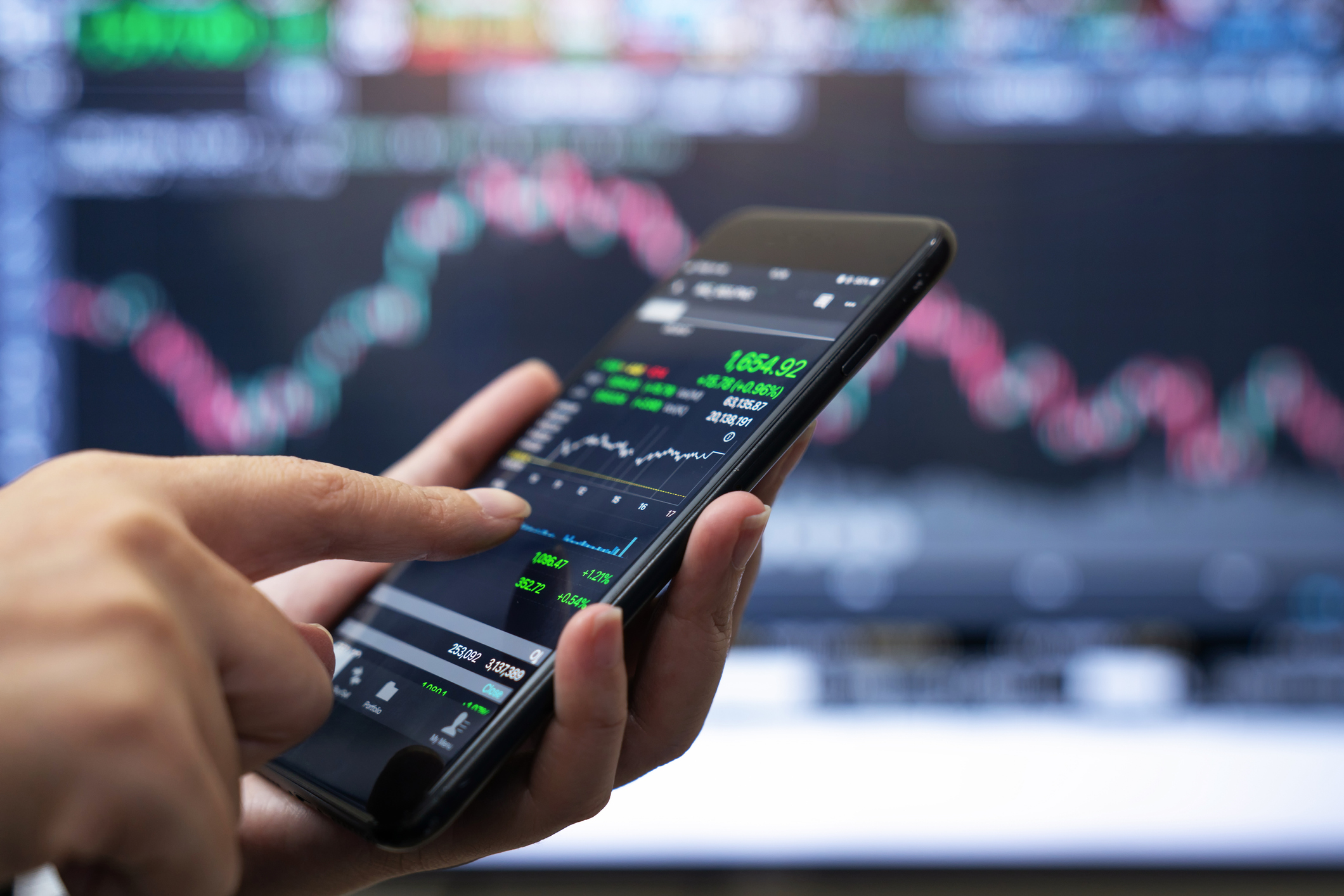Why the yield curve inversion isn't different this time
At the end of 2005, the US yield curve inverted for the first time since 2000. In the past, this has been a useful predictor of coming recession, but many analysts argue that it's different this time. But that's exactly what a lot of people said in 2000, says Paul Kasriel in The Econtrarian newsletter - right before the recession of 2001.
In the waning trading sessions of 2005, the yield spread between the Treasury 10-year security and the Treasury 2-year security inverted slightly. That is, on some occasions, the yield on the 2-year was slightly above that on the 10-year.
The inversion of this yield spread preceded the recessions of 1980, 1981, 1990 and 2001. A number of analysts, including Fed Chairman Greenspan, have said that it's different this time a yield-curve inversion in the current environment does not have the same kind of future economic growth implications as in past cycles. In a December 19, 2005 commentary, I noted that since 1966, a yield curve inversion (referring to the yield spread between the Treasury 10-year and the fed funds rate) seemed to be a necessary condition for a recession, but not a sufficient condition. That is, minor inversions did not necessarily signal the near-term onset of recession.
Because the current spread between the 10-year and the 2-year is only slightly negative or only slightly positive, depending on what time of day you observe it, I am not now forecasting a recession in 2006 an economic slowdown, yes, but not a recession.
MoneyWeek
Subscribe to MoneyWeek today and get your first six magazine issues absolutely FREE

Sign up to Money Morning
Don't miss the latest investment and personal finances news, market analysis, plus money-saving tips with our free twice-daily newsletter
Don't miss the latest investment and personal finances news, market analysis, plus money-saving tips with our free twice-daily newsletter
Yet, I would not argue that it's different this time. Perhaps it is different this time, but it is not different because the economy was strong going into the yield curve inversion, as some seem to be arguing.
Domestic final demand was very strong going into and even during part of the yield-curve inversion of 2000. On a quarterly-average basis, the yield spread between the Treasury 10-year and the Treasury 2-year first inverted in Q1:2000 and did not turn positive until Q1:2001. In Q4:1999, the quarter-to-quarter annualized growth in real final sales to domestic purchasers was 4.8%. In Q1:2000 and Q2:2000, the annualized growth rates in real final sales to domestic purchasers were 5.6% and 4.2%, respectively. In the next 11 quarters though, that is, through Q1:2003, the compound annual growth in real final sales to domestic purchasers was only 1.8%.
Recall, that back in the first quarter of 2000, the yield curve was thought to be sending a false signal by many (including, embarrassingly, me) because of a shortage of long Treasury paper due to the cancellation of 30-year bond auctions because of federal budget surpluses as far as the eye could see. In other words, back in 2000, the yield-curve inversion also was thought to be different that time , too.
In Q3:2005, the annualized growth in real final sales to domestic purchasers was 4.5%. Now, because growth in real consumer expenditures in the fourth quarter will be lucky to be positive, I expect that growth in real finals sales to domestic purchasers in Q4:2005 will be considerably slower than in Q3. Moreover, I expect that a fundamental slowing in final domestic demand is in the offing for 2006.
Why? Because that is what the current behavior of the yield curve, consistent with other leading indicators, is signaling about future
domestic demand. Whether a recession is on the horizon may depend on how much more the yield curve inverts.
Perhaps it's different this time. But it is not different because aggregate demand was strong just prior to the yield curve's inversion. The shape of the yield curve is a leading indicator. Don't be so quick to dismiss the signal of a leading indicator because of the message of a coincident one.
By Paul L. Kasriel, Director of Economic Research at The Northern Trust Company
For more from The Econtrarian, click here: https://www.northerntrust.com/library/econ_research/weekly
Get the latest financial news, insights and expert analysis from our award-winning MoneyWeek team, to help you understand what really matters when it comes to your finances.
MoneyWeek is written by a team of experienced and award-winning journalists, plus expert columnists. As well as daily digital news and features, MoneyWeek also publishes a weekly magazine, covering investing and personal finance. From share tips, pensions, gold to practical investment tips - we provide a round-up to help you make money and keep it.
-
 Halifax: UK house prices at lowest level since summer as growth slows
Halifax: UK house prices at lowest level since summer as growth slowsProperty prices fell by 0.6% month-on-month in a typical Christmas season slowdown, Halifax’s latest house price index shows.
-
 In the money: how my trading tips fared in 2025
In the money: how my trading tips fared in 2025The success of the open positions offset losses on closed ones, says Matthew Partridge
-
 The challenge with currency hedging
The challenge with currency hedgingA weaker dollar will make currency hedges more appealing, but volatile rates may complicate the results
-
 Can Donald Trump fire Jay Powell – and what do his threats mean for investors?
Can Donald Trump fire Jay Powell – and what do his threats mean for investors?Donald Trump has been vocal in his criticism of Jerome "Jay" Powell, chairman of the Federal Reserve. What do his threats to fire him mean for markets and investors?
-
 Freetrade’s new easy-access funds aim to beat top savings rates
Freetrade’s new easy-access funds aim to beat top savings ratesFreetrade has launched an easy-access exchange traded fund (ETF) range - here’s how the ETFs work and how they compare to the savings market
-
 Go for value stocks to insure your portfolio against shocks, says James Montier
Go for value stocks to insure your portfolio against shocks, says James MontierInterview James Montier, at investment management group GMO, discusses value stocks and slow-burn Minsky moments with MoneyWeek.
-
 Where do we go from here?
Where do we go from here?Features A new series of interviews from MoneyWeek
-
 As China reopens, why pick an income strategy?
As China reopens, why pick an income strategy?Advertisement Feature Yoojeong Oh, Investment Manager, abrdn Asian Income Fund Limited
-
 Income in the USA
Income in the USAAdvertisement Feature Fran Radano, manager on The North American Income Trust
-
 The challenge of turbulent markets
The challenge of turbulent marketsAdvertisement Feature Today, ISA investors face one of the most challenging economic environments seen in recent years. However, good companies can still thrive, even in the toughest economic conditions. That’s why BlackRock’s fund managers focus on these businesses when they’re looking for investment opportunities.

